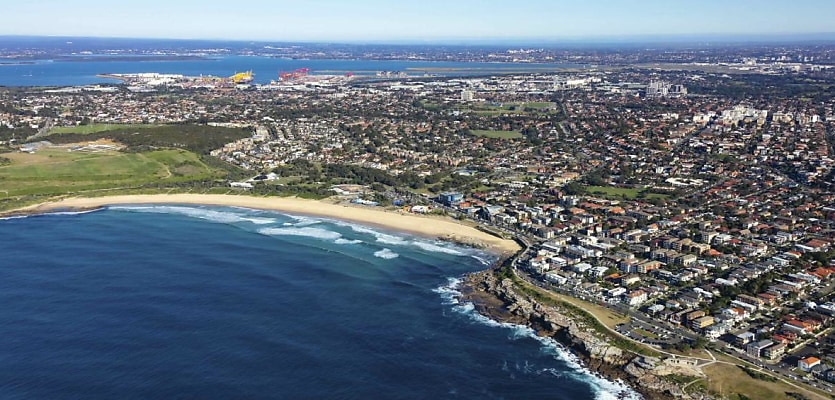Vacancies hit zero and households spend almost half their income on rent, as recent data reveals the alarming truth about Australia’s rental market.
The latest Rental Pain Index by Suburbtrends for October 2023 has provided a “disturbing snapshot” of the conditions under which Aussie renters are living. Across the nation, some suburb groups see the average renter dedicating a staggering 35 per cent or 45 per cent of their income on rent.
Suburbtrends founder Kent Lardner underscored: “The current index should serve as a stern wake-up call for policymakers. It’s not merely about escalating numbers but about deteriorating living conditions for Australian renters.”
“As we enter the final quarter of the year, there is an urgent need for targeted policy interventions to alleviate the immense strain renters are under,” he asserted.
As the data amply demonstrates, there is a clear cause for this rental stress: undersupply.
Across Australia, average vacancy rates are sitting at just 1.13 per cent. In the worst-affected suburbs, however, vacancies are even lower.
Western Australia and South Australia have average vacancies of just 0.67 per cent and 0.68 per cent respectively. Among the country’s worst-affected suburbs – such as Hamilton Hill, Forestville and Cooloongup – vacancies as low as 0 per cent and 0.12 per cent have been recorded.
“These strikingly low vacancy rates exacerbate the existing rental stress, making it increasingly difficult for renters to find suitable housing,” Mr Lardner emphasised.
Unsurprisingly, this undersupply has caused rents to spiral. In Western Australia, median rents increased 15.55 per cent since last October, while South Australia, Queensland and Victoria also saw increases of over 10 per cent.
The worst suburbs show an even grimmer picture, with Kingsford, Maroubra and Greenacre witnessing rental increases of up to 28 per cent since spring 2022.
The result of this is an epidemic of rental stress, with seven of the worst 25 suburb areas seeing the average household spending over 40 per cent of their income on rent. In some suburbs, like Queensland’s Southport, this rose to a worrying 47 per cent of household income – only a whisker under half.
According to Suburbtrends, the October index is clear evidence that rental stress is “not limited to any single state but are widespread, flagging a critical issue that needs immediate multistate intervention”.
The only exceptions are the ACT and Tasmania, which recorded October vacancies of over 2 per cent and far more modest rental increases of 0 to 3.48 per cent. Suburbtrends noted that the “counter-narrative” offered by these states and territories could provide a policy blueprint for others to follow.
Nevertheless, for renters in other states – and particularly in Western Australia – living conditions remain severe, ultimately placing tenants under “an unsustainable financial burden”, according to Mr Lardner.







You are not authorised to post comments.
Comments will undergo moderation before they get published.